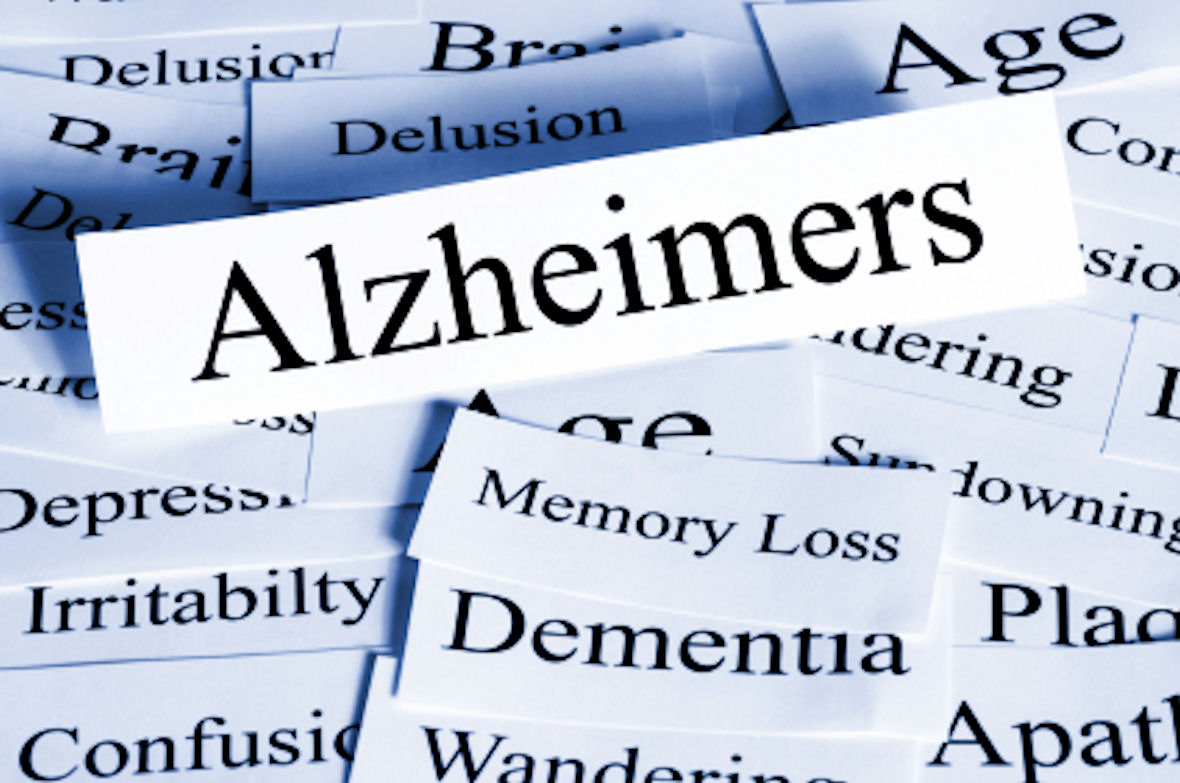Arch Neurol. Author manuscript; available in PMC 2013 May 22.
Published in final edited form as: Arch Neurol. 2012 July; 69(7): 836–841.
Antioxidants for Alzheimer Disease: A Randomized Clinical Trial With Cerebrospinal Fluid Biomarker Measures
Dr Douglas R. Galasko, MD, Dr Elaine Peskind, MD, Dr Christopher M. Clark, MD, Dr Joseph F. Quinn, MD, Dr John M. Ringman, MD, Dr Gregory A. Jicha, MD, PhD, Dr Carl Cotman, PhD, Ms Barbara Cottrell, BS, Dr Thomas J. Montine, MD, PhD, Dr Ronald G. Thomas, PhD, and Dr Paul Aisen, MD
Abstract
Objective
To evaluate whether antioxidant supplements presumed to target specific cellular compartments affected cerebrospinal fluid (CSF) biomarkers.
Design
Double-blind, placebo-controlled clinical trial.
Setting
Academic medical centers.
Participants
Subjects with mild to moderate Alzheimer disease.
Intervention
Random assignment to treatment for 16 weeks with 800 IU/d of vitamin E (α-tocopherol) plus 500 mg/d of vitamin C plus 900 mg/d of α-lipoic acid (E/C/ALA); 400 mg of coenzyme Q 3 times/d; or placebo.
Main Outcome Measures
Changes from baseline to 16 weeks in CSF biomarkers related to Alzheimer disease and oxidative stress, cognition (Mini-Mental State Examination), and function (Alzheimer’s Disease Cooperative Study Activities of Daily Living Scale).
Results
Seventy-eight subjects were randomized; 66 provided serial CSF specimens adequate for biochemical analyses. Study drugs were well tolerated, but accelerated decline in Mini-Mental State Examination scores occurred in the E/C/ALA group, a potential safety concern. Changes in CSF Aβ42, tau, and P-tau181 levels did not differ between the 3 groups. Cerebrospinal fluid F2-isoprostane levels, an oxidative stress biomarker, decreased on average by 19% from baseline to week 16 in the E/C/ALA group but were unchanged in the other groups.
Conclusions
Antioxidants did not influence CSF biomarkers related to amyloid or tau pathology. Lowering of CSF F2-isoprostane levels in the E/C/ALA group suggests reduction of oxidative stress in the brain. However, this treatment raised the caution of faster cognitive decline, which would need careful assessment if longer-term clinical trials are conducted.









